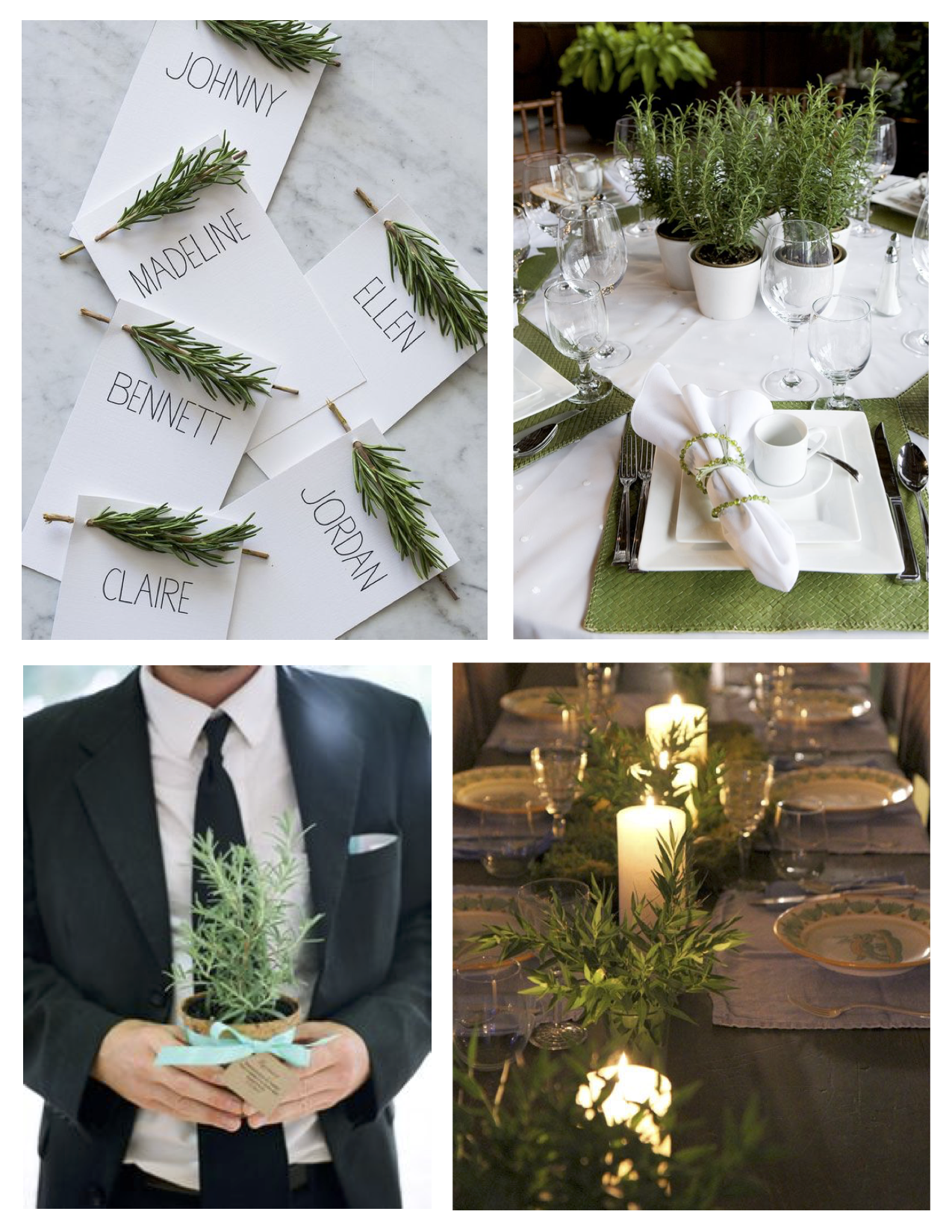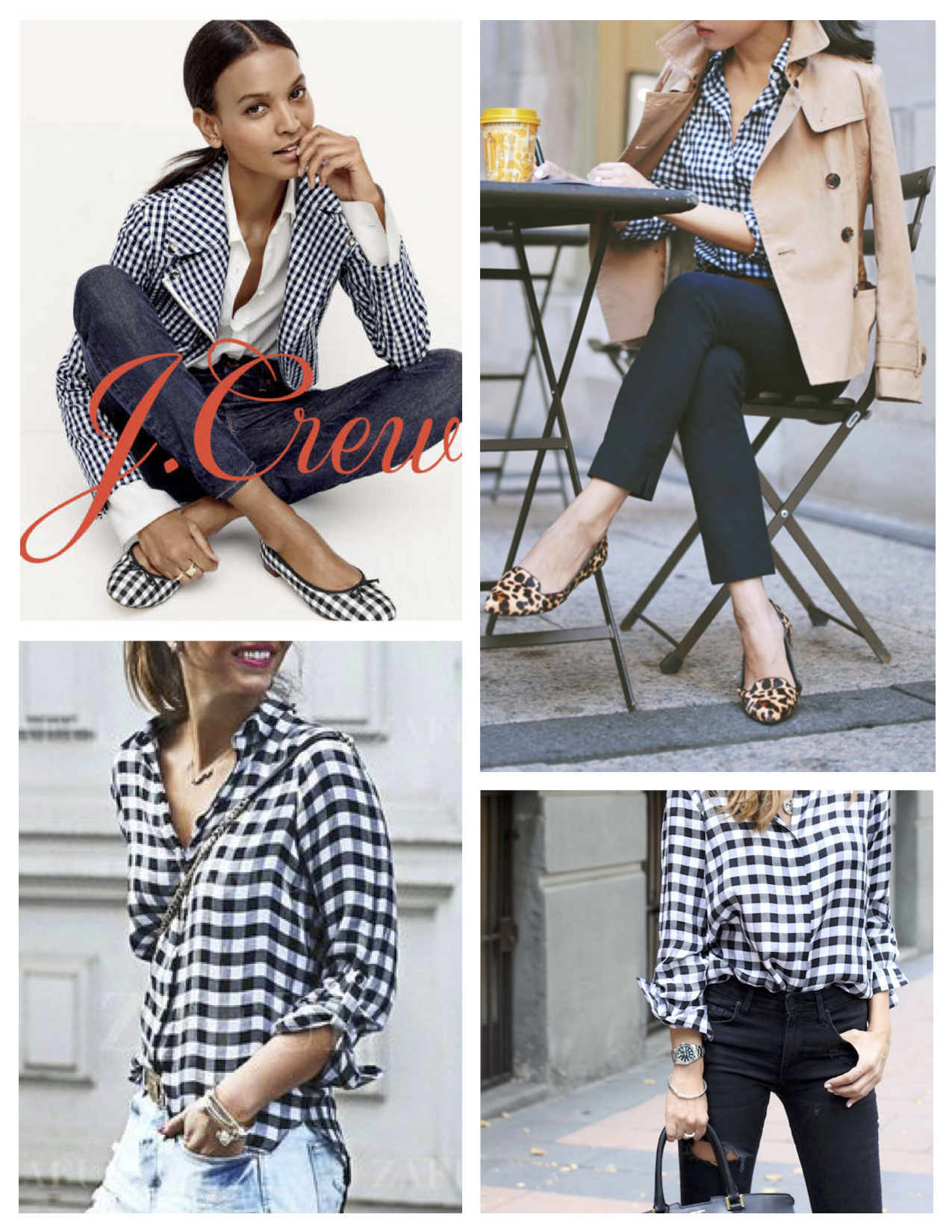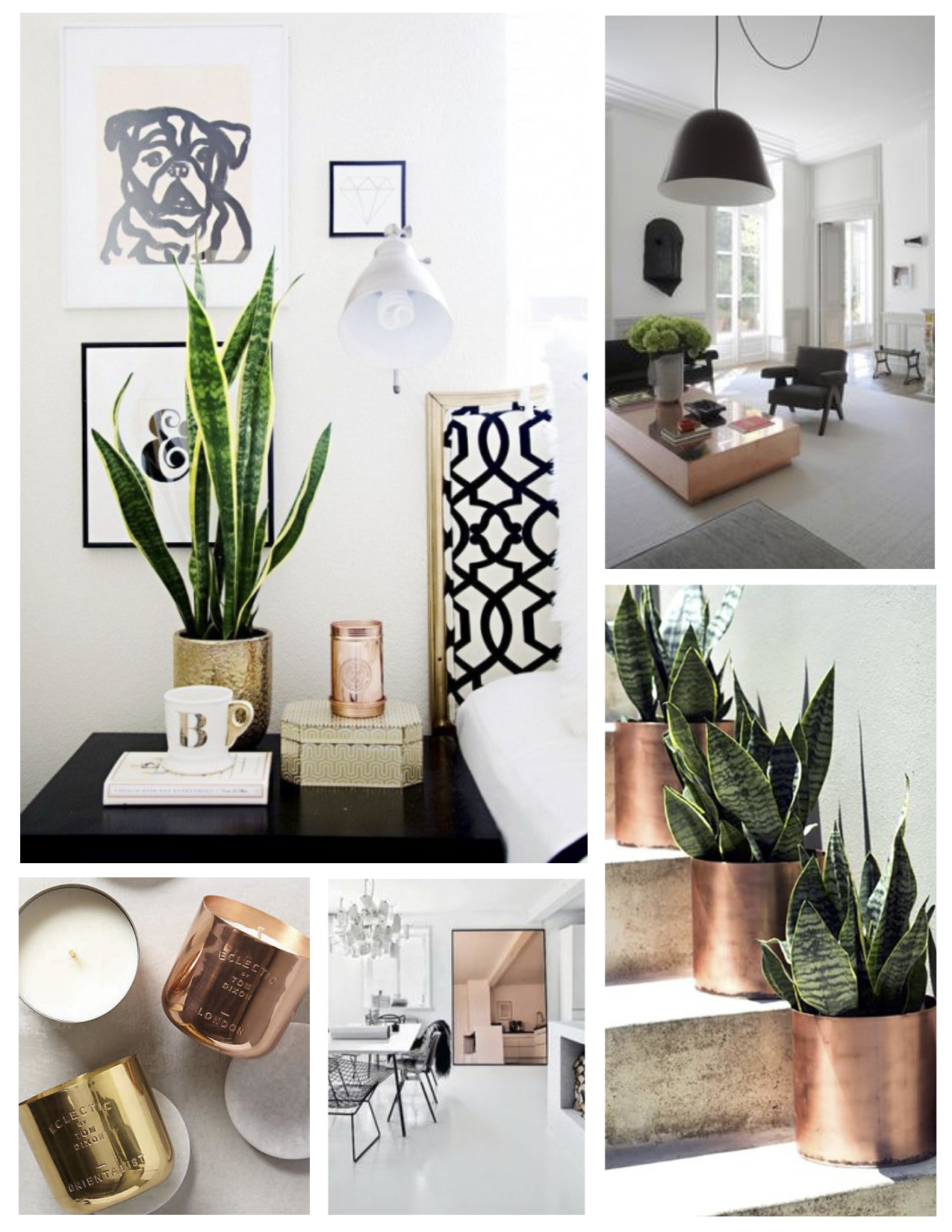French by design. An icon of exterior style. The “Deauville” chair. Also known and referred to as the “Carré Sunburst”, “Sunburst”, “French Button”, “Rosette”, “Pinwheel”, “Slat Back Style” or simply “Spring Steel Chair”, this chair of structural iron originated in Paris, France by French designer Francois (Felix) Carré sometime during the 1850’s. The design of this seat is said to have been “developed in response to the demand for seating in Parisian open parks, boulevards and outdoor concerts”. Of interest, it is stated that the 1965 guidebooks would describe his chairs as “a real revolution” -possibly due to their iron structure durability surpassing that of wood in terms of longevity.
Although there is little to be found on this French designer, François A. Carré, the chair that he patented in 1866 has and will endure to link his name to its design. Comprising of simple bent steel rod and spring construction, the Deauville chair was “produced in Paris by the Val d’Osne foundries, Schlesinger Wiessener & Co of both Vienna and New York, and by Lalance & Grosjean of New York.” Carré’s patent was later purchased by Lalance and Grosjean to produce these seats. In 1890 the factory of Lalance and Grosjean is said to have been sold to garden furniture manufacturer, Wessbecher, who were known to be still advertising their furniture in 1959. From this point on, it is unclear of the history of the patent, however, these iconic spring steel chairs have continued to be made by others internationally, including in America, in the decades that followed. Variations on a design of ornamental metal in time that would seat stylishly within the exterior garden setting.
In acknowledgement of the chair’s poignant history in time and a nod to its French past…
The vintage promotion (above) of the “Factory Carré” recognizes the award “Medalle (Medal) Unique” Exposition 1867 (“d’art et d’industrie de 1867“). The International Exposition of 1867 (Exposition universelle) was the second world’s fair to be held in Paris. To better understand the history in time of the creation of such a chair, it is interesting to note that: “Following a decree of Emperor Napoleon III, the exposition was prepared as early as 1864, in the midst of the renovation of Paris, marking the culmination of the Second French Empire”. Who knew this chair’s history would be linked to such a important time and shift in Paris? History always deepens appreciation. Showcased are the variations of the chair and other ornamental ironwork for the exterior world that the factory produced. The French translation of “Serrurerie Artistique” is “Artistic Ironwork” and “Usine Carré” is “Factory Carré”. “Constructions & Charpentes En Fer” translates to “Constructions & Carpentry In Iron” . Ornamental artwork, indeed…
The importance of this chair as a design object and work of art is its use in the fantastical images from the 1920’s…
Swiss-French architect, designer, writer and painter, Charles-Édouard Jeanneret (known as Le Corbusier) used the Deauville chairs on the roof top garden of Don Carlos de Beistegui’s Paris apartment, an eclectic Parisian penthouse on the Champs Élysées. A story of architectural design unto itself, note the Arc de Triomphe and the top of the Eiffel Tower in the background.

Le Corbusier (and Pierre Jeanneret) were selected to create the promenade architecturale that would be dedicated entirely to entertaining the Parisian “Café Society” parties and was “characterized by a brilliant and festive atmosphere of cultural and social frenzy in response to the tragic deprivations“. Thus this architectural layer of heights and visual interest has been also been described as dècor de fête (party decor) as it was designed during the time period known as Années folles -the decade of the 1920’s in France referring to the social, artistic, and cultural collaborations of the period “That Europe had suffered following the outbreak of the Great War, during an enchanted lull between 1920 and the great depression of 1929.” Again, understanding history, time and place always leaves a greater impact on the importance of design, its importance in time and through time.
That these iconic Carré chairs would be set upon the “stage” of Le Corbusier’s “Outside of the Box” promenade architecturale (the observer’s pathway through a built space) proves and retains the chairs importance in the realm of design. Clearly, this chair was an intentional and important design focal point and element, by design…

On the American shores, the history of the Carré Sunburst Deauville Chair includes the Troy Sunshade Company from Troy, Ohio. Their branded reproduction of the French Carre style chair (the Deauville chair line) began in 1928 through 1954.
And what a French nod this 1957 advertisement below truly was…
“The last time we saw Paris, her trees were dressed for Spring, and lovers sat on Deauville chairs, while birds their praise did sing. Which only goes to prove that 50,000,000 French wrens can’t be wrong. About wrought iron furniture by Troy, that is. In furniture and Department stores or through decorators at Troy showrooms in New York, Boston, San Francisco,Dallas and Mexico City” (1957)
Variations on a theme.…the sunburst back & sunburst seat. Or slat-backed chairs. Arms or without arms. Variances on an original design referred to as the Deauville. Perhaps the style that first comes to mind in referencing this chair is the sunburst back & sunburst seat….

Perhaps the appearance of the Sunburst Carré chair in the 1942 American film Casablanca, a romantic drama film directed by Michael Curtiz, and starring Humphrey Bogart, Ingrid Bergman, and Paul Henreid validates even furthers the impact and importance in design elements of ornamental style that the Deauville chair held.
In 1944, Casablanca won the Academy Award for Best Motion Picture. Known as a Hollywood film that is “sentimental and magnificently put together”, the film is said to have perfected every element of Hollywood style of filmmaking in its time. Truly, Casablanca will forever remain a classic.
To discover that my personal all-time favorite romantic drama and classic film…Casablanca…should include these chairs…again, the importance of the design in time stands out. Indeed, that the Carré chair was used as a prop in this film set to portray Casablanca, Morocco, illustrates the importance and impact that this chair held at that time and its widespread global appeal.
Another variation on a theme…In a nod to what is known as the “Terrace Chair”, I would be remiss to not give attention to the history of the chair of curving metal which would become an icon and trademark of the Wisconsin Union/Univeristy of Wisconsin-Madison. As noted in the history links of the Wisconsin Union, the “Terrace Chair” became a symbol of Summer on the campus Memorial Union Terrace since the early 1930’s when two versions of metal chairs had replaced the original wooden chairs that had flanked the terrace waterfront. Again, structural iron of longevity…
“One was an early version of the classic stamped-metal Sunburst style. The other was the Deauville, which featured a sunburst shape on the seat and the back using curved strips of steel. These styles were used through the 1960’s.”
“The Deauvilles, which by nature of their design were prone to rusting, were phased out in the 1960’s and those that remained in good shape were relegated to the Union Theater balcony. By the early 1970s, the Sunburst proved to be the most durable metal chair design. A hoop encircling the chair’s legs provided extra durability for the uneven flagstone surface and rain did not cause it to rust. The Sunburst chairs were made by the Troy Sun Shade Company of Troy, Ohio until the company closed.“
(1981) “The Memorial Union Building Association commissioned Wisco Industries of Oregon, Wisconsin to fabricate the Sunburst chairs again. The colors of the iconic Sunburst chairs—John Deere green and Allis Chalmers orange and yellow—evoke spring, summer and fall while paying homage to Wisconsin farming traditions.” (a color scheme trademarked by the university).
(1988) “The Sunburst chair design was patented for use only by the Wisconsin Union”
-Wisconsin Union
A visual appreciation of the French chair in the world of outdoor living today…
Variations on a theme, indeed. For certain, the French Francois Carré style Sunburst spring seat and slat back garden chairs and have graced the patios and sunrooms of the elite for years. This iconic French chair has retained popularity over the decades, proving itself resilient in style and adding character and visual interest in both public and private spaces.
The Carré Chair. The Deauville. The Sunburst. The Rosette. The Pinwheel. The French Button. Slat Back Style” or simply the Spring Steel chair. No matter what this stylish engineered chair design is referenced, the sculptural appeal and design of the chair itself will continue to stand the test of time…
A seat in time. Whether it is a new rendition or an aged to perfection (albeit rusted) vintage French iron seat of decades past, appreciation of its history and design element that the chair adds to outdoor spaces will endure. Appreciation of the architectural heritage of an iconic design, indeed…
Onward,
Kristin
PS: Years ago I cut out this image from a magazine, “The Deauville Chair, A Smithsonian Reproduction”, and pinned it to my inspiration board. And I wrote “Patio Perfect!” upon it. With the intent of discovering its history and the intent of one day composing a blog post on this intriguing chair… Onward to following what moves you, what inspires you and sharing it….aspirations always worth following…








































































































































